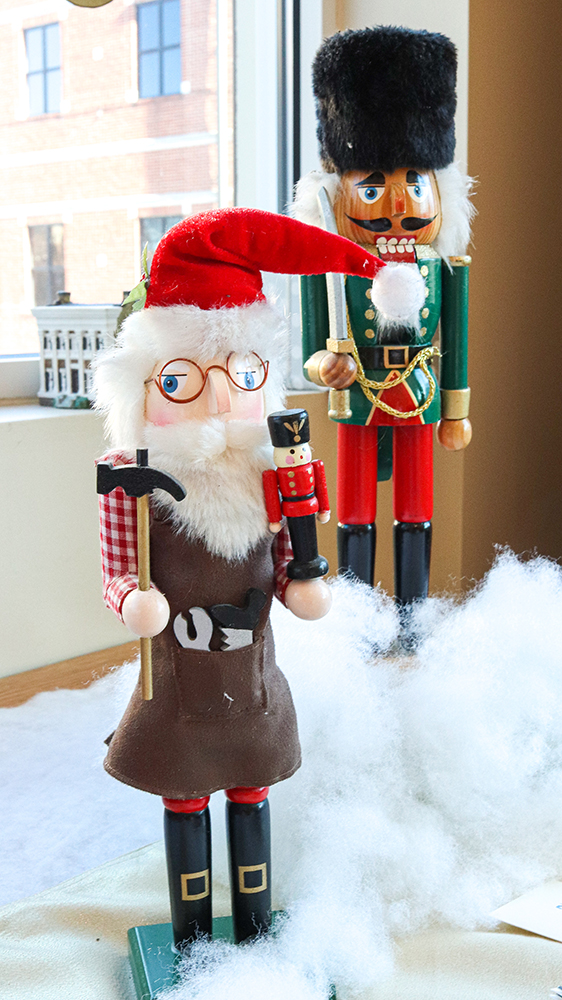
Written by Meghan Gattignolo, Visitor Services Manager
The lowly nutcracker served as the theme for Seasons’ Noel Night 2021. Captivating pieces of bric-a-brac and common holiday décor in the United States, nutcrackers are traditionally carved from wood. They can take on the likeness of a variety of characters, but most commonly an 18th century soldier. So, why does a tool for opening nuts evoke holiday sentiment? With their lipless toothy grin and battle attire, they seem more fitted for a creepier time of year.
Nutcrackers as instruments of nutshell destruction have rudimentary beginnings. Nuts have been a significant source of calories for human beings since prehistory. Over time, people have become more creative about getting to the edible pieces. Pitted rocks slowly evolved into hinged tools, used as far back as ancient Greece. Carved wooden nutcrackers have been in existence since at least Chaucer’s The Canterbury Tales of the 14th century. The popularity of the familiar nutcrackers we know and love, however, is perhaps the responsibility of a single German-Austrian family.
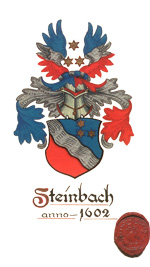
Courtesy of Steinbach Nutcrackers

Erzgebirge, Germany
Courtesy of Erzgebirge Palace
During the Middle Ages, the Steinbach family had been well-known architects. Sometime between the 15th and 18th centuries, the family moved from Austria to the Erzgebirge (Ore Mountains) region of Eastern Germany. The Thirty Years’ War dominated the continent during the 17th century. The series of religious-political conflicts caused a dramatic upheaval in Europe and brought with it much famine, disease, financial strife and religious persecution for the average household. According to the Steinbach company website, these were causes for multiple relocations for the family.
The Erzgebirge region is so named because deposits of silver and tin ore were discovered there during the Middle Ages. Even though the natural conditions in the area were not always comfortable, a person could make a good living as a miner. The Steinbachs may have come for the mining work, but they became involved in the pervasive woodworking culture of the region. The family turned out to be talented in handcrafting beautiful Nussknacker in the image of soldiers and kings. People loved the cheery grins of the nutcrackers believed to ward away bad luck. When the Steinbachs saturated their local market, they expanded to neighboring countries. By the late-19th century, the Steinbach family had a healthy international business. In the aftermath of world wars, American soldiers stationed in Germany found the Steinbach nutcrackers while shopping in Christmas markets.
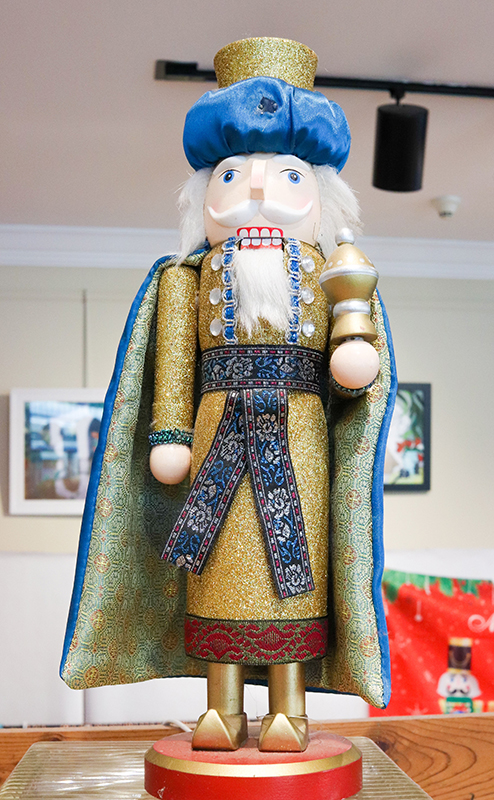
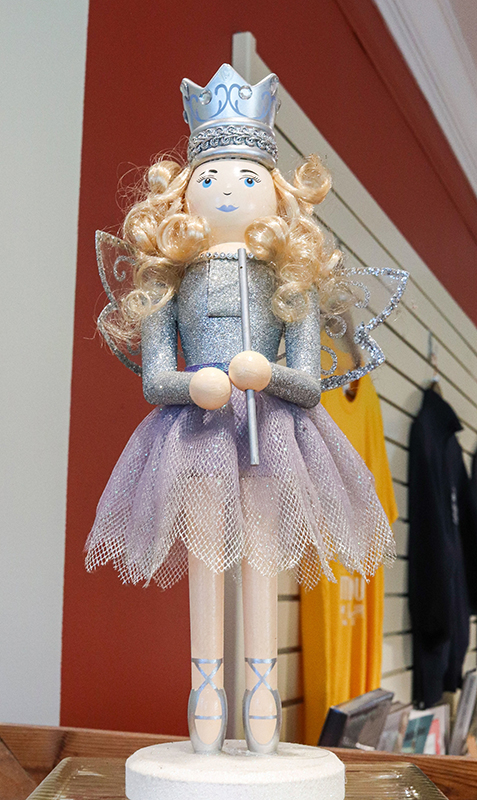
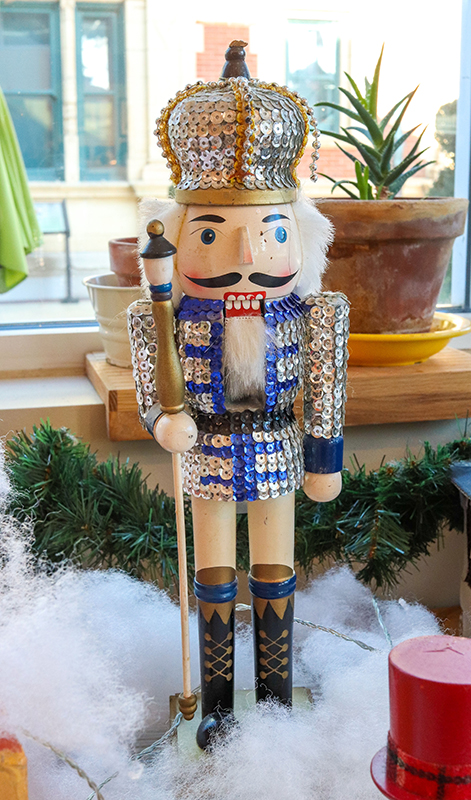
Nutcrackers can also claim German lineage through the story written by E.T.A. Hoffman. Hoffman was a Romantic fairy-tale author who was a contemporary of the Grimm brothers. Hoffman’s tale of a little girl, her nutcracker friend and their imaginative romp through fantasy realms became the story we still remember, thanks to Tchaikovsky’s ballet. What inspired Hoffman? Maybe he got a Steinbach nutcracker for Christmas.
Happy Holidays from The Customs House Museum & Cultural Center!

Meghan Gattignolo
Meghan Gattignolo is the Customs House Museum & Cultural Center’s Visitor Services Manager and regularly contributes articles to the Museum’s blog. From a military family, Meghan has spent most of her life in Clarksville. She loves learning about Clarksville’s history and writing. Meghan holds a B.A. in History from Austin Peay State University, with minors in German and Political Science. She lives in Clarksville with her husband and two daughters.
Becky Wood, Technical Writer, edits each blog post. Maegan Collins, Marketing Communications Manager, prepares photographs and visual images as well as prepares the blog posts for the web.